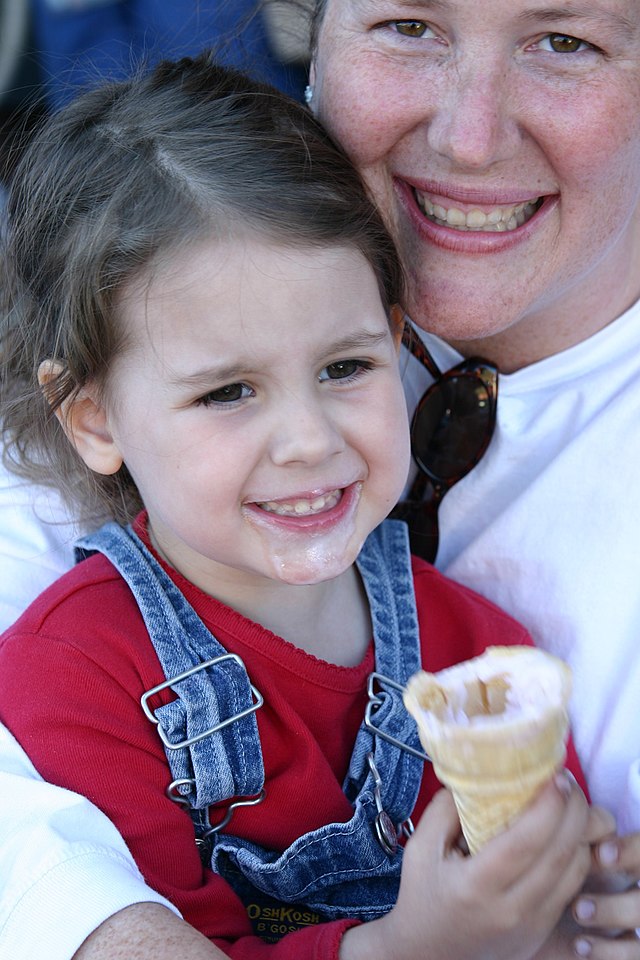We have learning about the types of attachment and everything that connects, and now is time to write about it,
I´ve found a page in which say that John Bowlby was the first psicology that use the theory of attachment

I post this photo beacuse, babys need the attachment of their parents. For infants and children, the "objet" of the attachment behavioral system is achieving or maintaining proximity to attachment figures, usually parents.
I´m going to talk about the funtion, features, behaviors and types of attachment.
Funtion:
According to Bowlby's attachment behavior has two basic functions: a biological function, which is to obtain protection to ensure survival, and the other more psychological character, acquiring security. The additional functions are: to provide and regulate the stimulation in quantity and quality, enabling the exploration and learning, promote physical and mental health, promote social development and provide pleasure.
Features:
You strive to maintain proximity to the person being linked
Resisting feeling separation anxiety, desolation and abandonment to the loss
Keep a privileged sensory contact with the attachment figure
Use the attachment figure as a secure base from which to explore the physical and social world
Shelter in the attachment figure in times of sadness, fear or discomfort, looking at her support and emotional wellbeing.
Behaviors:
Signaling behaviors: are what make children so that the attachment figure realizes he wants to start an interaction. Ex .: smile, vocalizations, babbling ...
Aversive behaviors: are signals that are intended to lead to the mother to the child, to finish crying or aggressive behavior of this.
Active behaviors: those that take the child to the mother. Ex .: approximation to the mother up.
Types:
Secure attachment: Occurs in 65% of infants. Babies with this type of attachment explore actively while they are alone with the attachment figure, and can visibly uneasy when separated from her. Often the baby greets the attachment figure with affection when you return, and if you are very restless, try to come into physical contact with her. These babies are sociable with strangers while the mother is present.
Resistant attachment: Occurs in 10% of infants. Babies with this type of attachment try to stay close to the attachment figure and explore little while she is present. Much disturbed when it is running, but when he returns his reaction is ambivalent: it remains in your area, but can resist physical contact with her showing upset by abandonment. Showing extremely cautious with strangers, even in the presence of the attachment figure.
Avoidant attachment: Occurs in 20% of infants. Babies with this type of attachment show little upset when separated from the attachment figure and generally shy away from it when it comes back even try to gain their attention. They tend to be sociable with strangers but can ignore the same way they avoid their attachment figure when he returns.
Disorganized / disoriented attachment: Occurs between 5 and 10% of babies. It is a combination of resistant attachment patterns and avoidant attachment. The baby may appear confusing standing still or approach then abruptly away as the attachment figure is approaching.
This is for me, the key to understand very good the attachment. I´ve found a lot of information, and now i can know the importance of attachment, also many parents should know about this.
Hope you like this small blog that is more theority than others, but is comming a new blog that you will like more!
No comments:
Post a Comment